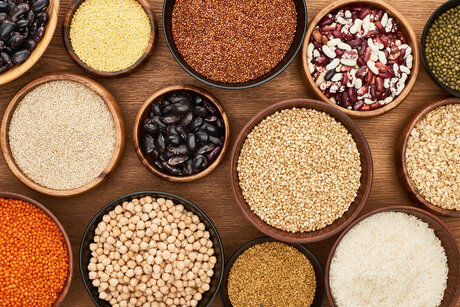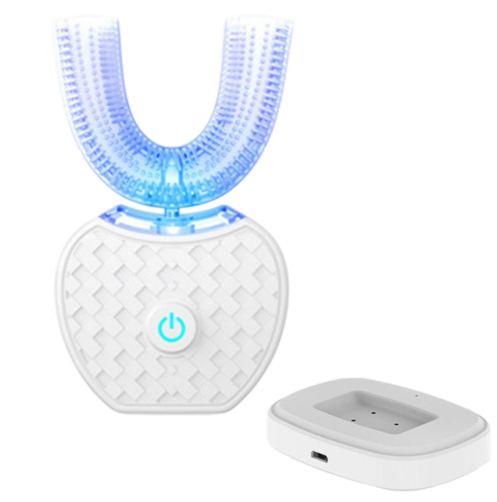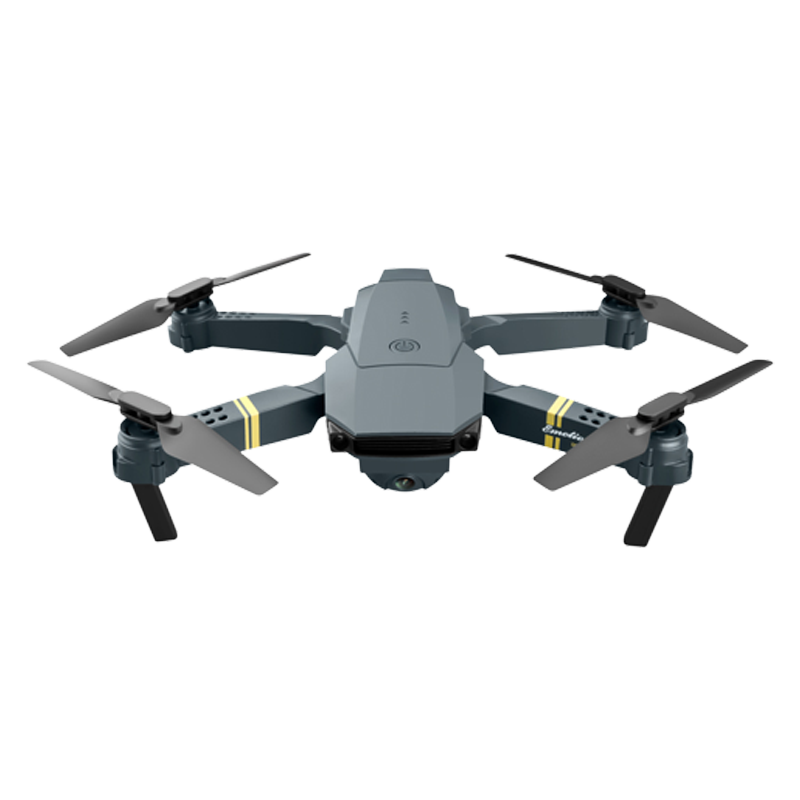5 Foods You MUST Consume (reduce risk of Diabetes)

High blood sugar, also known as hyperglycemia, is a common problem for people with diabetes or those at risk of developing the disease. When left untreated, high blood sugar can lead to serious health complications, such as heart disease, nerve damage, and kidney damage. However, by making changes to your diet, you can help manage your blood sugar levels and reduce your risk of these complications. Here are five foods you must eat when you are struggling with high blood sugar.
1. Non-starchy Vegetables
Non-starchy vegetables are low in calories and high in fiber, making them an excellent choice for people with high blood sugar. These vegetables include spinach, broccoli, cauliflower, carrots, and peppers. They are also rich in vitamins and minerals, which can help improve overall health. Non-starchy vegetables are a great addition to any meal and can help fill you up without raising your blood sugar levels.
2. Whole Grains
Whole grains, such as quinoa, brown rice, and whole-wheat bread, are an excellent source of fiber and can help slow down the absorption of sugar into the bloodstream. When choosing whole grains, it's important to check the label to make sure they are not highly processed or contain added sugars. Whole grains can be eaten as a side dish or added to salads and soups.
3. Nuts and Seeds
Nuts and seeds, such as almonds, chia seeds, and walnuts, are rich in protein, healthy fats, and fiber. They are a great snack option for people with high blood sugar, as they can help stabilize blood sugar levels and keep you feeling full for longer. However, it's important to watch your portion sizes, as nuts and seeds are high in calories.
4. Berries
Berries, such as strawberries, blueberries, and raspberries, are low in calories and high in fiber and antioxidants. They are also low on the glycemic index, which means they do not cause a rapid spike in blood sugar levels. Berries can be eaten as a snack or added to smoothies or yogurt for a healthy and delicious breakfast or dessert option.
4. Fish
Fish, such as salmon and tuna, are rich in omega-3 fatty acids, which can help improve insulin sensitivity and reduce inflammation in the body. These fatty acids can also help lower triglyceride levels, which are often elevated in people with high blood sugar. Fish can be baked, grilled, or broiled and served with non-starchy vegetables for a healthy and balanced meal.
In conclusion, when struggling with high blood sugar, it's important to make dietary changes to help manage your condition. By incorporating non-starchy vegetables, whole grains, nuts and seeds, berries, and fish into your diet, you can help stabilize blood sugar levels and reduce your risk of serious health complications. Additionally, it's important to speak with your healthcare provider about any dietary changes you plan to make to ensure they are safe and appropriate for your individual needs




